How often and how to water my lawn?
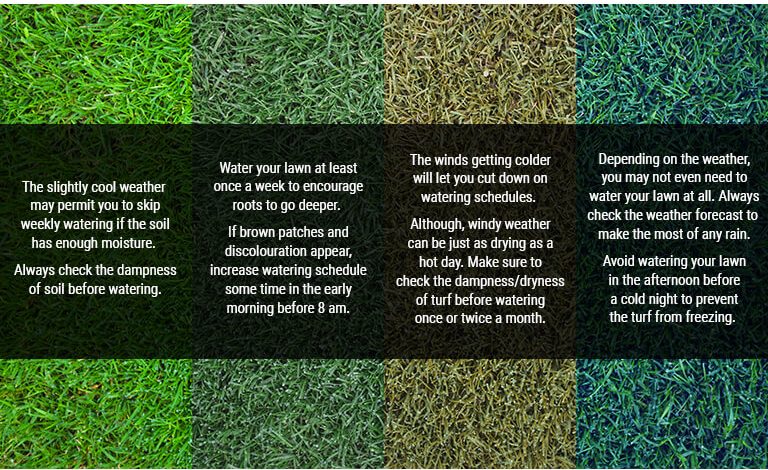
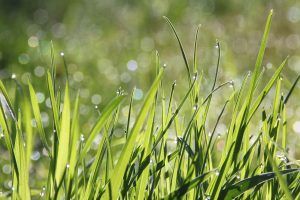 Did you know that the best kept secret to enjoy a very green and shiny lawn is proper watering?
Did you know that the best kept secret to enjoy a very green and shiny lawn is proper watering?
Both the frequency and the amount of water you contribute in each irrigation will be decisive to enjoy a lawn full of health.
In this case, the season of the year has a lot of influence because the grass is not the type of plants that you can move indoors to protect it.
But don’t worry about any of that because you’ve come to the right place to learn everything you need to know about watering your lawn.
Important points when watering the lawn:
- Irrigation frequency: every day in summer, once a month in winter if there is constant rain.
- Irrigation method: sprinkleror hose.
- Optimum time of day for watering: always early in the morning, before the sun begins to heat up.
- Identify excess water: yellow and softleaves
- Identify lack of water: little vigorous, brittle.
What irrigation needs does the lawn have?
The lawn needs frequent irrigation and with a large amount of water on the hottest days, which is when it suffers the most water stress. For this type of plant, water is part of its vitality and since it is exposed to direct sun throughout the year, this requirement is very understandable.

It must be considered that the water must penetrate into the ground up to several centimeters below the surface to consider that the work is well done. A daily watering in summer but that does not provide a sufficient amount of water, will be practically inoperative in order to keep the lawn healthy and vigorous.
How can we detect the lack of irrigation in the lawn?
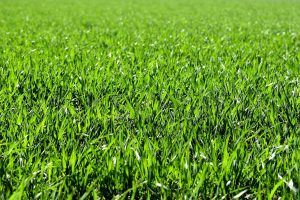 Detecting the lack of irrigation in the lawn is a fairly simple task because it will look weak and will break easily.
Detecting the lack of irrigation in the lawn is a fairly simple task because it will look weak and will break easily.
It’s easy to notice because when you walk on it, it doesn’t go back to vertical very quickly, but stays flattened for a long time.
The solution is to work more carefully on irrigation, increasing the amount of water you provide and the frequency, if necessary.
How often should we water the lawn?
The frequency of watering the lawn will be directly influenced by the time of year you are in.Summers are the most demanding seasons around this issue because the lawn receives a lot of very hot sunlight each day.
In addition, they tend to be dry days that promote rapid evaporation of the water that moistens the land. For this reason, it is recommended that irrigation be administered daily and with a sufficient amount of water, approximately 20 liters of water per square meter.

When the rainy season arrives, the frequency of irrigation decreases because it will get enough naturally. However, you should assess the amount of rain that falls to ensure it is fit for purpose.
In the cold days of winter, the waterings can be very spaced, at the rate of once a month if the rains are not abundant. In autumn and spring the frequencies will be variable, reducing or increasing them according to the climatic variability.
During these days it is very important to pay attention to the conditions of the lawn to ensure that it is in good condition.
What is the best way to water the lawn?
The easiest way to water the lawn is through the sprinklers that will take the water to every corner of the garden with little effort. You can turn it on at the time you are going to apply the irrigation and continue with your daily activities as normal.

However, if you do not have the possibility of having such a system installed, the most natural thing is to use a hose to simulate that rain effect.

It may take you longer to implement each day, especially during the summer, but for many people it symbolizes a relaxing and rewarding activity at the same time.
How do we detect excess water in the lawn?
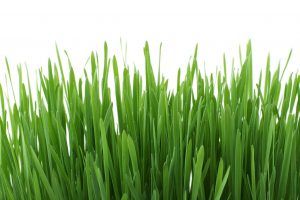 Although we have already said that it needs a large amount of water and irrigation frequency, it happens that when it is really exaggerated, it will cause damage to the lawn.
Although we have already said that it needs a large amount of water and irrigation frequency, it happens that when it is really exaggerated, it will cause damage to the lawn.
The most normal thing is that the leaves begin to discolor, the grass looking yellow instead of the characteristic green.
Another symptom of excess watering will be noticeable by touch, as the leaves will feel limp.
A lawn that is frequently overwatered for several days in a row could start to grow mushrooms, which will also indicate that you should reduce them.
Among all the species that you have in the garden, surely the lawn is one of those that will require the least work in other types of care. However, watering could be considered a task to which you should pay enough attention to ensure that it is in perfect condition.
In the end, what is more beautiful than a garden with a lawn in perfect condition?
Maybe you are also interested in:


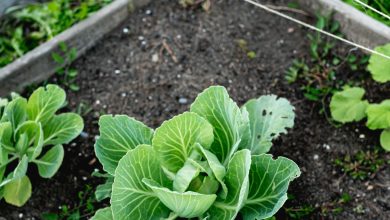

![Photo of List of [16] Indoor Plants that Bloom All Year](https://www.complete-gardening.com/wp-content/uploads/2021/06/kalanchoe_1583756127-390x220.jpg)